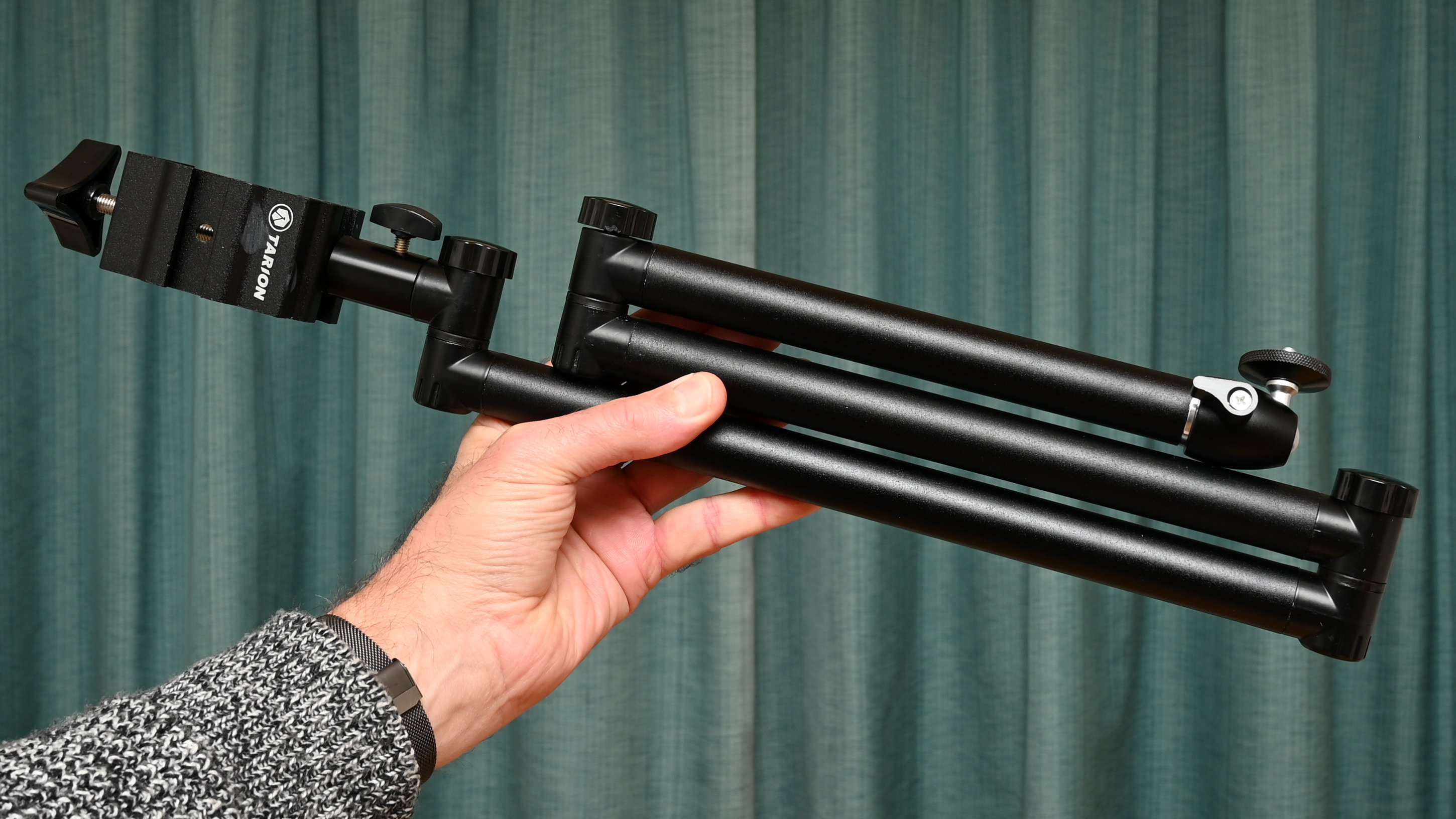
Registered in Hong Kong, Tarion makes a wide range of photographic kit including bags and backpacks, lighting, tripods and other supports, straps, wraps and other accessories. The Tarion Desk Mount Camera Stand bucks the trend set by most competing products that have a center pole and possibly an auxiliary arm or two. Instead, it reminds more of the Anglepoise lamp that I had when I was a kid. It has three main poles that connect together end to end, and can be rotated to pretty much any angle, sitting on a clamp that mounts to a desk or tabletop. The advantage is that you can use the stand in all sorts of positions and heights, making it ideal for shooting subjects laid flat on a table as well as for the more usual business of presenting to camera for vlogging and videoconferencing. Some of the best camera desk mounts add versatility by including one or two auxiliary arms, lacking in this case, and you could also consider one of the best tabletop tripods or even one of the best budget tripods.
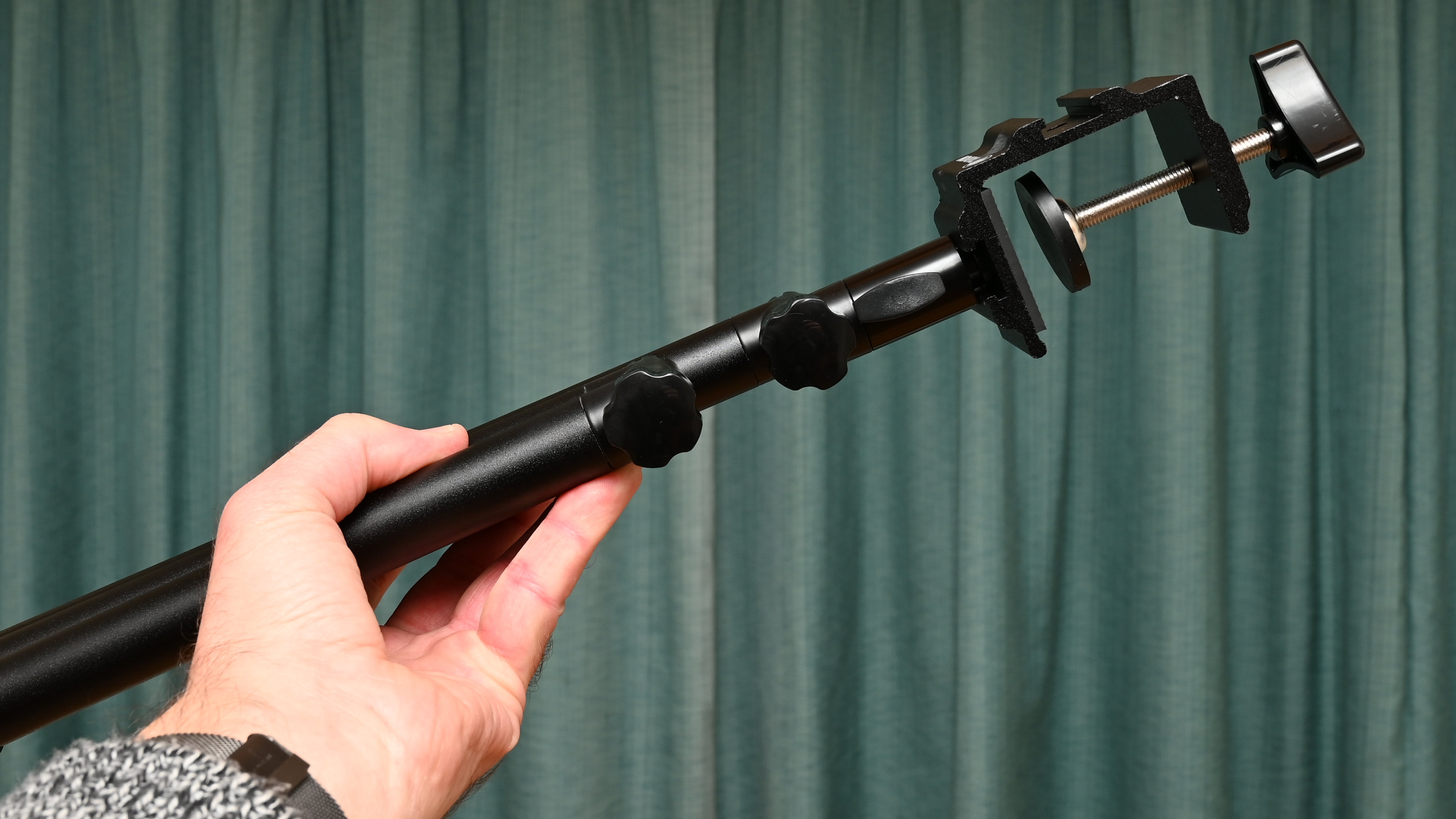
Tarion Desk Mount Camera Stand: Specifications
Tarion Desk Mount Camera Stand: Price
Unlike many camera desk mounts, there are quite a lot of individual components in this Tarion stand. That makes it pretty good value at $36/£40, compared with the likes of the more basic but heavy-duty SmallRig Camera Desk Mount, which is similarly priced at around $30/£35. For ultimate versatility, I prefer the 3 Legged Thing CDMS-2A, which costs $60/£47 and isn’t much pricier in the UK, although it’s nearly twice the price in the USA.
Tarion Desk Mount Camera Stand: Design & Handling
Unlike most camera desk mount supports, this Tarion gives a very versatile range of movement. There’s a short stubby tube that screws into the desk clamp, accommodating desk and tabletop thicknesses of up to 50mm / 2". The kit is supplied with a pair of hex keys and you really do need to check that the fixing screw for holding the bottom tube to the tabletop clamp is nice and tight, so that the joint is firm. A thumbscrew on the tube enables full 360 degrees of rotation once the support is clamped to a desk. For even greater versatility, you can unscrew the short bottom tube and attach it to the side of the desk mounting clamp, instead of to the top.
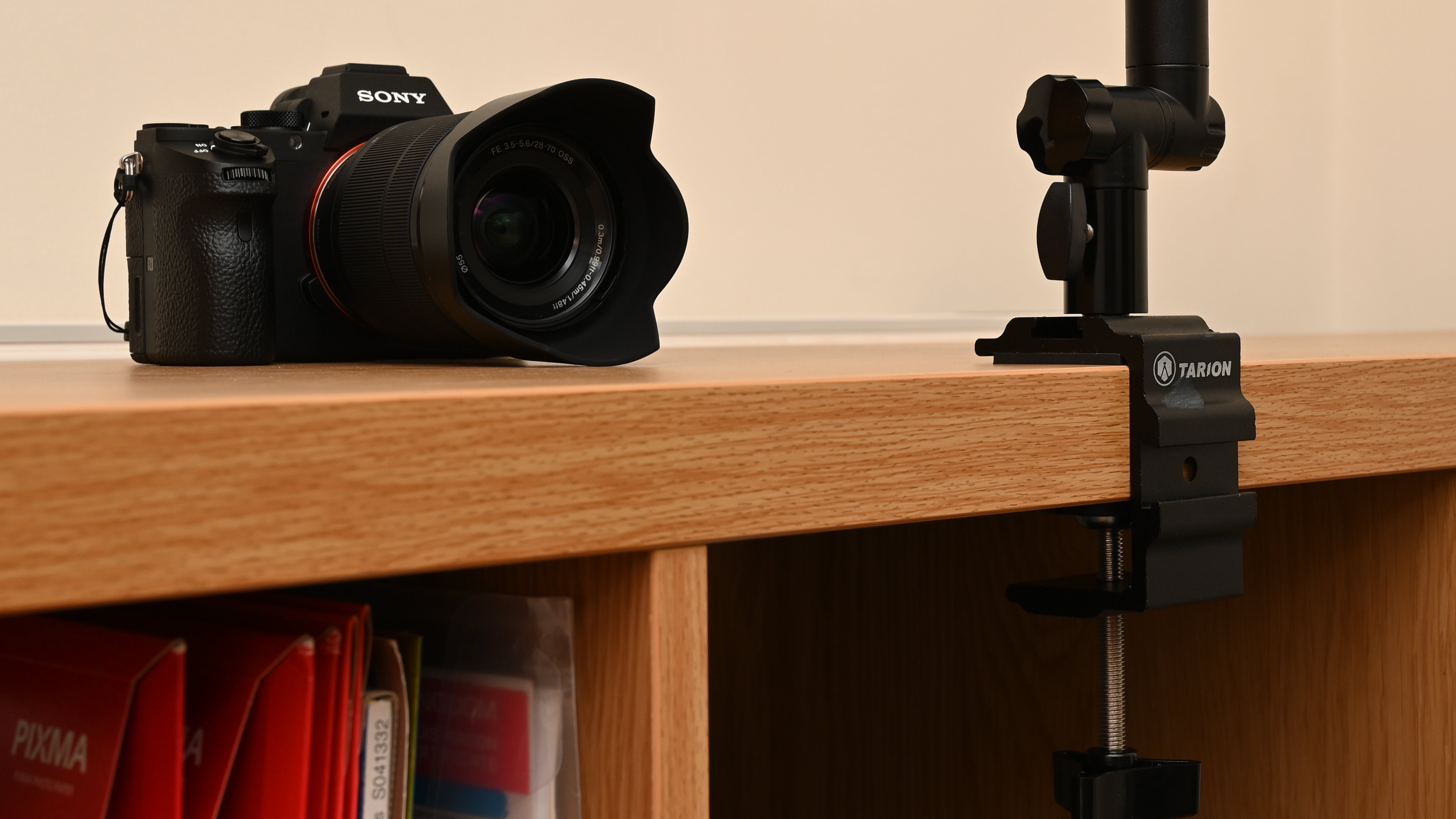
The rest of the support comprises three tubes, all of which have a diameter of 24mm making them quite sturdy and giving a maximum load rating of 3kg / 6.6lb, plus a mini ball head at the top. I say ‘at the top’ but the attraction of this support compared with many others is that each of the three tubes has its own locking twist-action clamp. You need to loosen each clamp quite a lot to enable movement, as the clamps all feature splines to avoid any sagging when in use. The net result is that there’s a good range of height adjustment, equating to 14-100cm / 5.5-39.4".
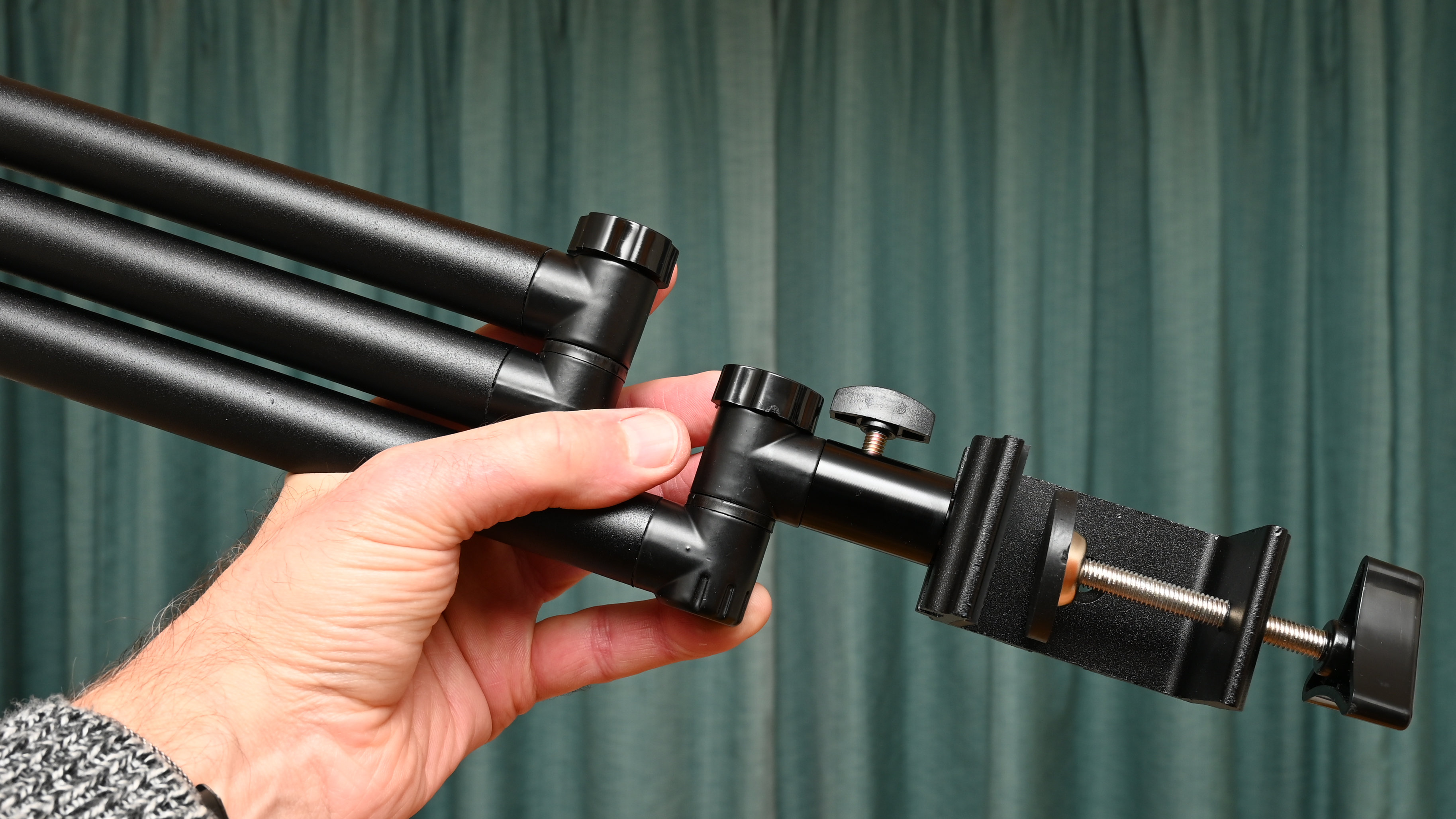
The maximum height is achieved with all of the three tube sections orientated vertically upwards. However, as each clamp enables a full 360 degrees of rotation in the vertical plane, you can use the support as a vertical pole, horizontal boom, or anything in between. For example, if you’re shooting something flat, lying on a tabletop, you can set up the stand in an L-shape or U-shape configuration, so that the camera is pointing vertically downwards. That’s definitely not the case with straightforward desk mount supports that rely only on a vertical center pole, and have no additional auxiliary arms.
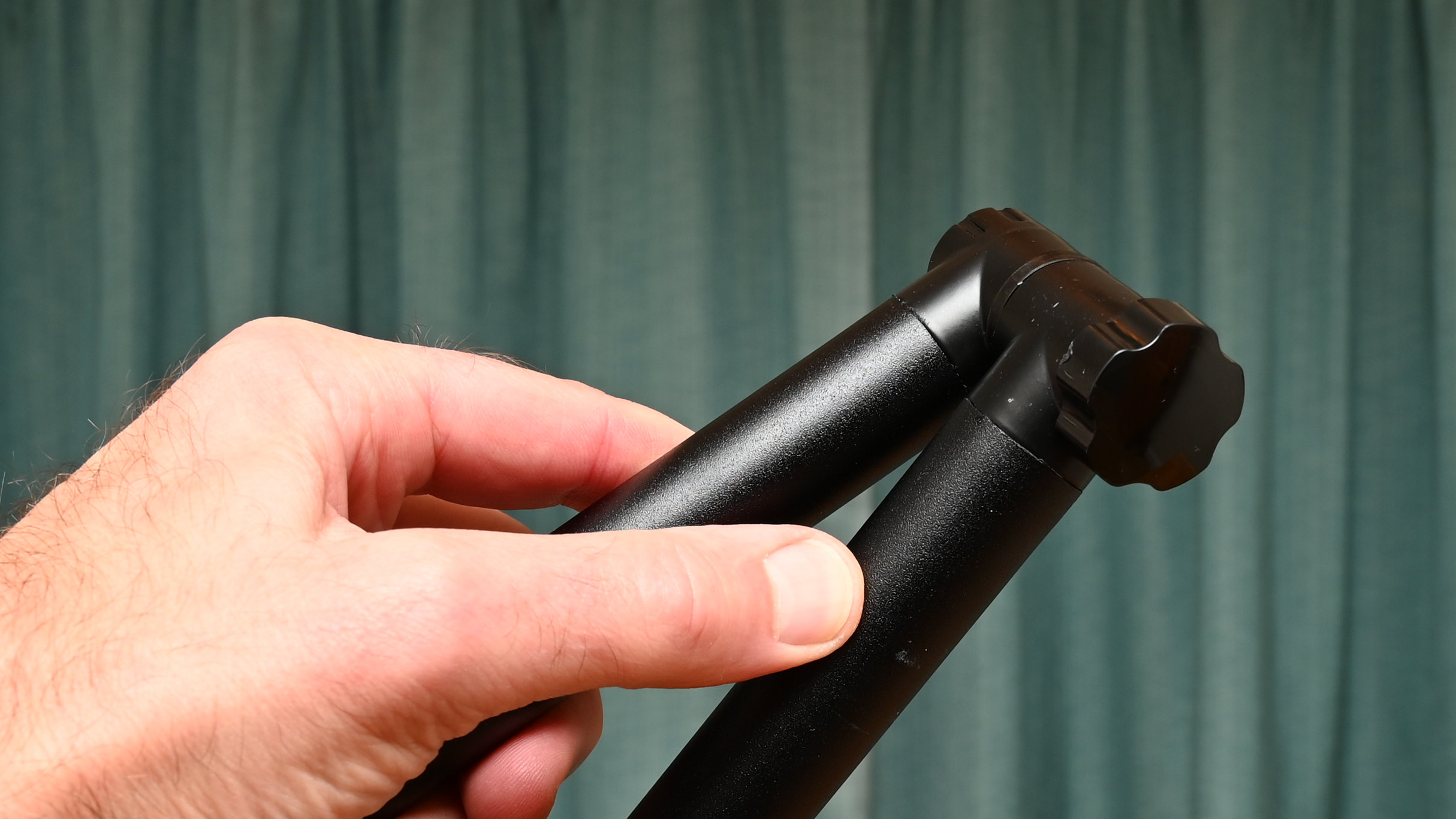
As with the mounting clamp and tube sections, the mini ball head has a metal construction and feels nice and sturdy. Unlike some competitors, the kit doesn’t include an additional spring-loaded phone bracket but you can buy one separately, to screw onto the ball head’s standard 1/4” mounting thread.
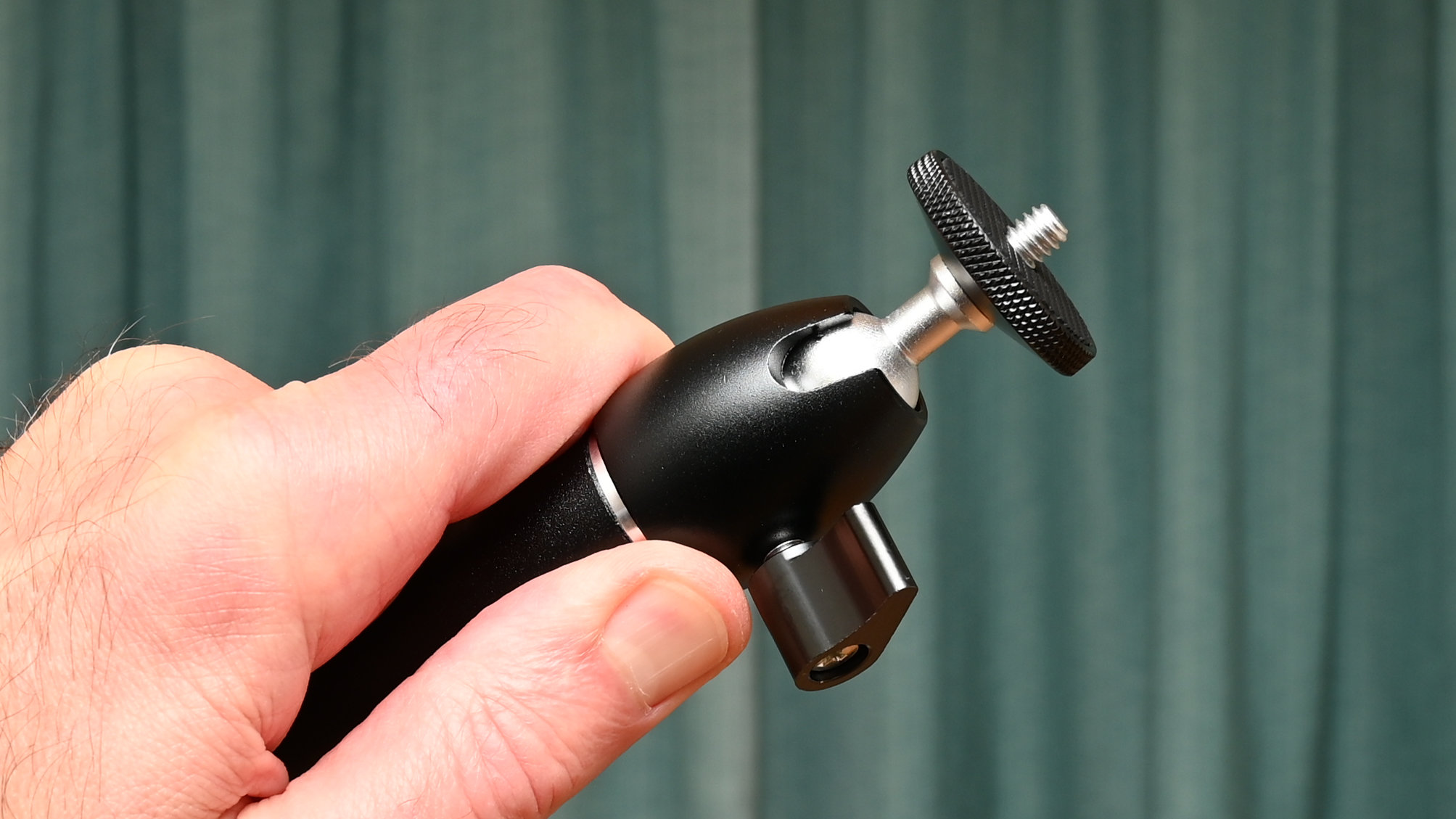
Tarion Desk Mount Camera Stand: Performance
As I’ve mentioned, you need to ensure that the screw holding the bottom tube to the base is fastened nice and tight to avoid any wobble. I found the same applied to the thumbscrew for locking the lateral rotation of the bottom tube. I actually had to tighten it more than I thought I’d need to, to lock it in place. The Tarion isn’t the quickest support to set up, as the three twist-action clamps for each tube need a lot of unscrewing before they can move over their splines, and then a lot of screwing back up again to lock them in place. Even so, it’s a price I’m willing to pay for the freedom of movement.
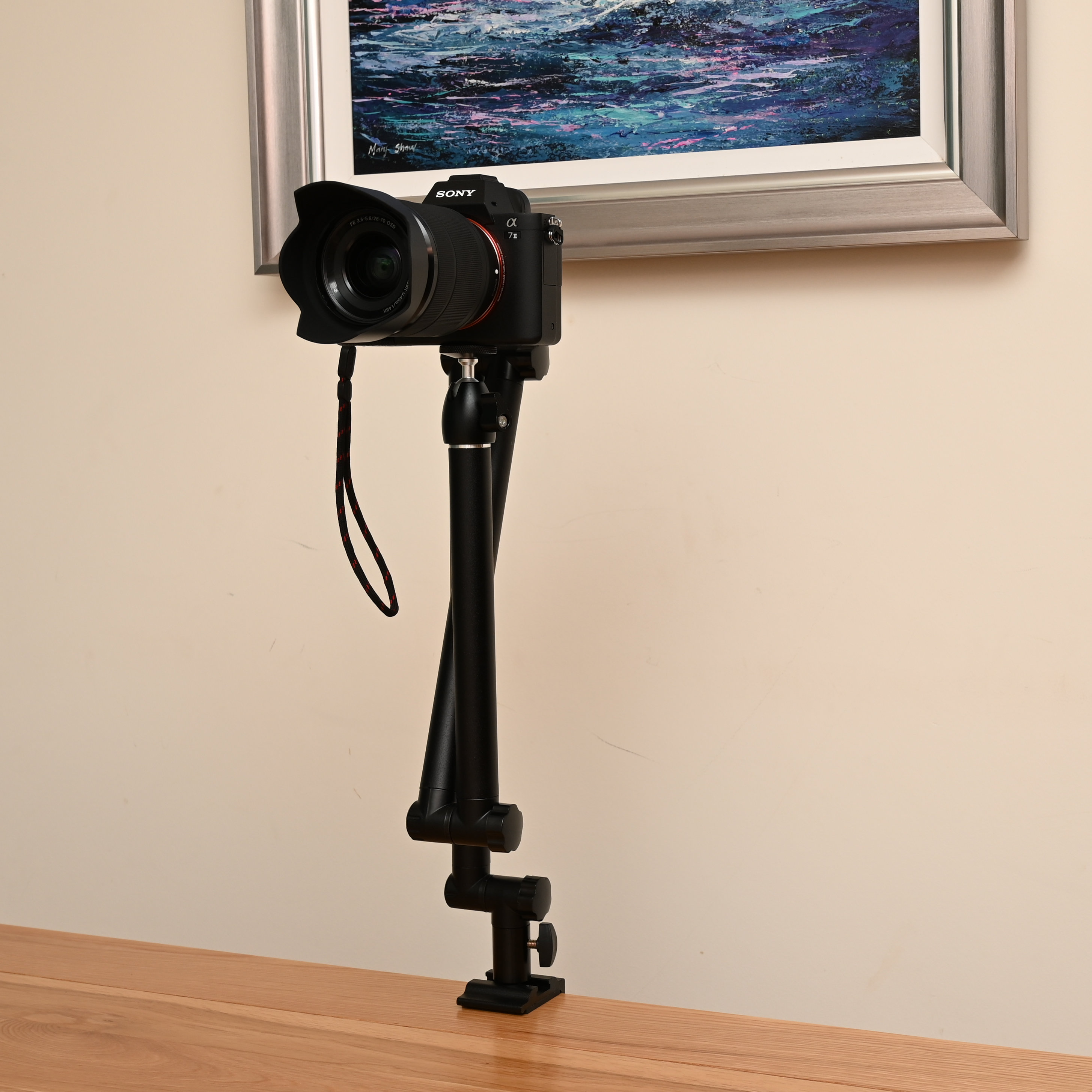
I tested the support with a Sony A7 II and kit zoom lens, that has a combined weight of about 920g / 2lb. With so many joints in the complete support, rigidity isn’t as solid as when using a more conventional camera desk mount with a single pole. Each joint is naturally a point of potential weakness but, helped by the splines in each clamp, the Tarion felt reasonably solid even when using one or more of the poles in horizontal orientation. Overall, performance is pretty good.
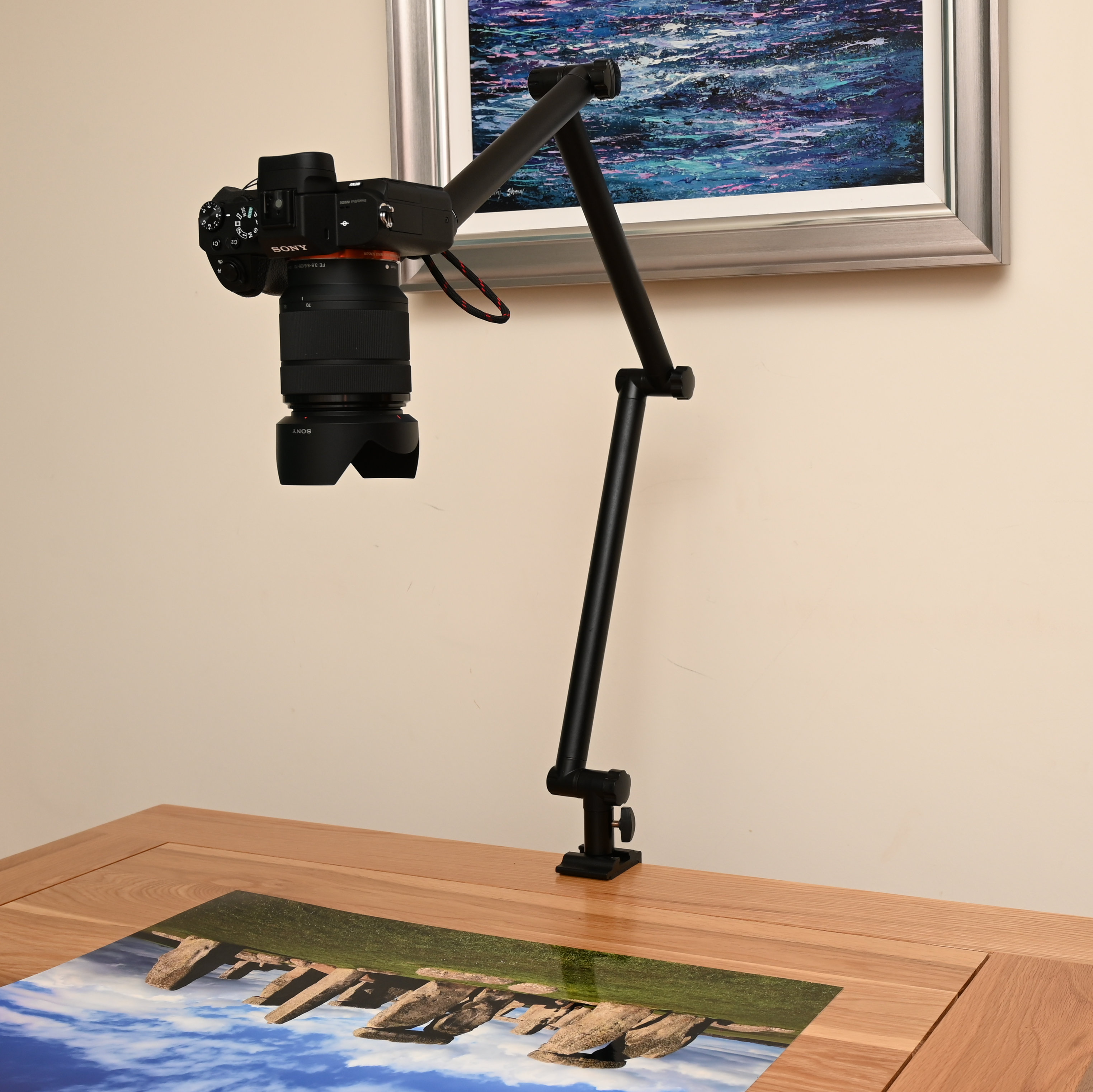
Tarion Desk Mount Camera Stand: Verdict
If your content creation involves preparing food or something similar showing how to make something on a tabletop, the Tarion pays dividends in enabling you to position the camera at pretty much any angle, even pointing it directly downwards. I like the complete range of lateral and vertical adjustment on offer, and that the stand remained reasonably rigid throughout. I wasn’t so keen that positional movements are quite fiddly and time-consuming but that’s not a major problem. One thing I did find limiting is that without an additional, auxiliary arm, there’s no facility to mount an LED panel or other accessory to the support, in addition to a camera.
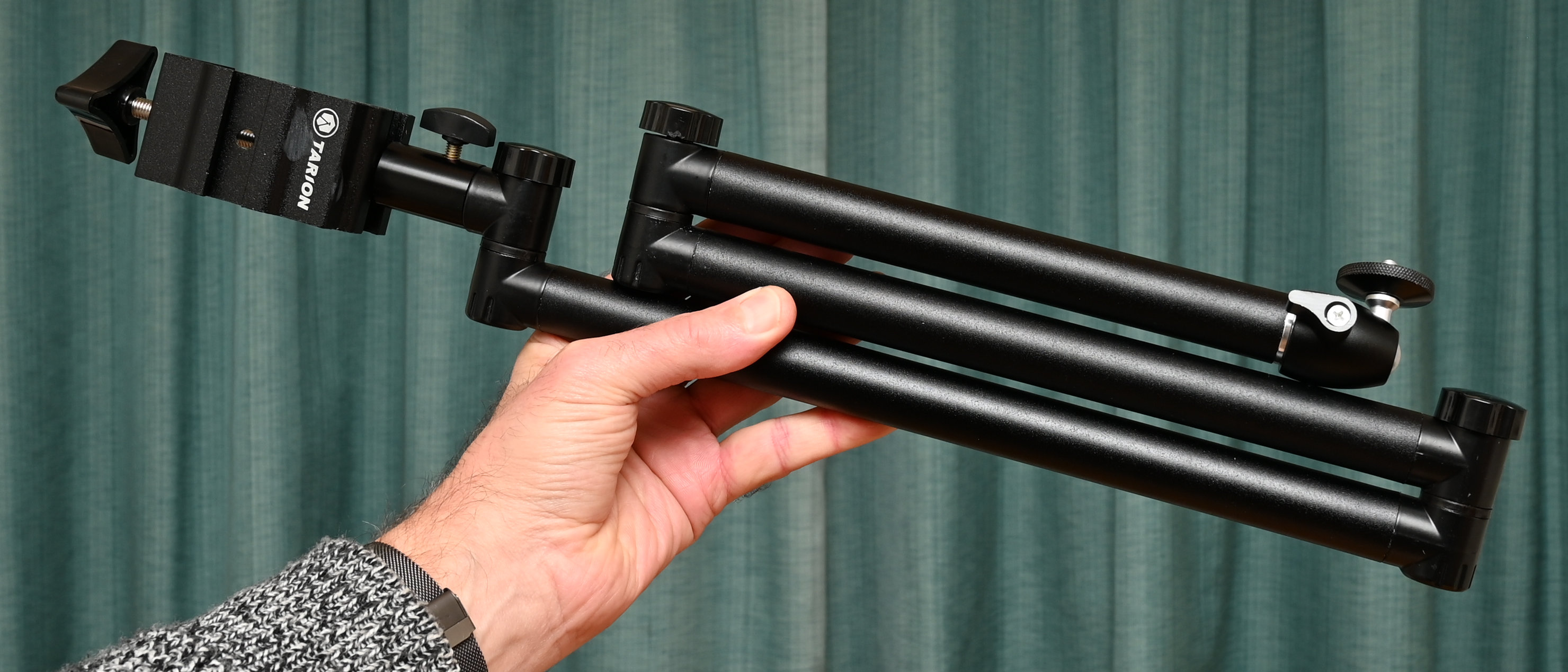
Should you buy the Tarion Desk Mount Camera Stand?
✅ Buy this...
- You want the versatility of being able to position your camera at pretty much any angle and orientation.
- You need a camera desk mount that enables you to shoot directly downwards, photographing objects laid on a table.
🚫 Don't buy this...
- You’d prefer the relatively quick and easy setup of a conventional camera desk mount with a telescopic center pole.
- You need a desk mount with an auxiliary arm or two, for mounting an LED light panel or other accessory.







